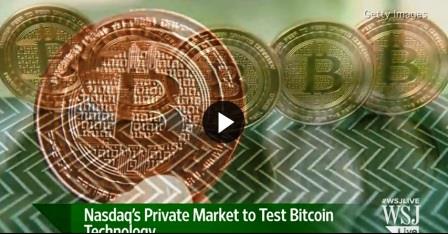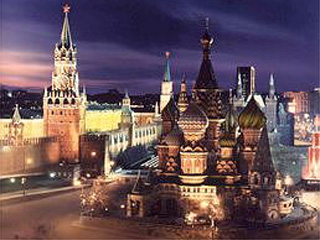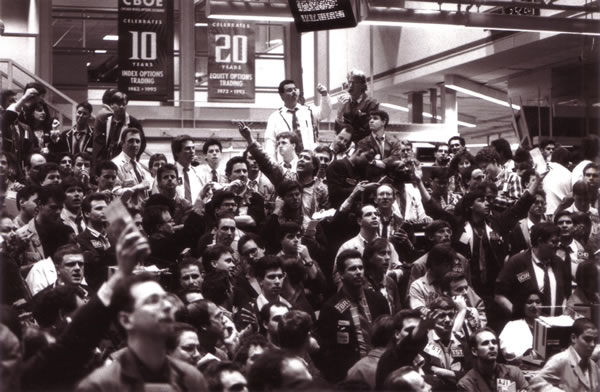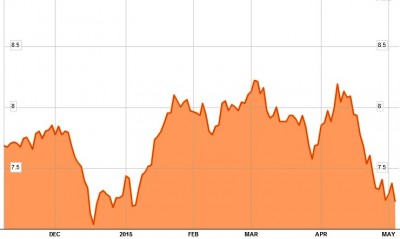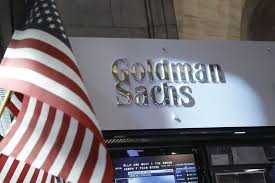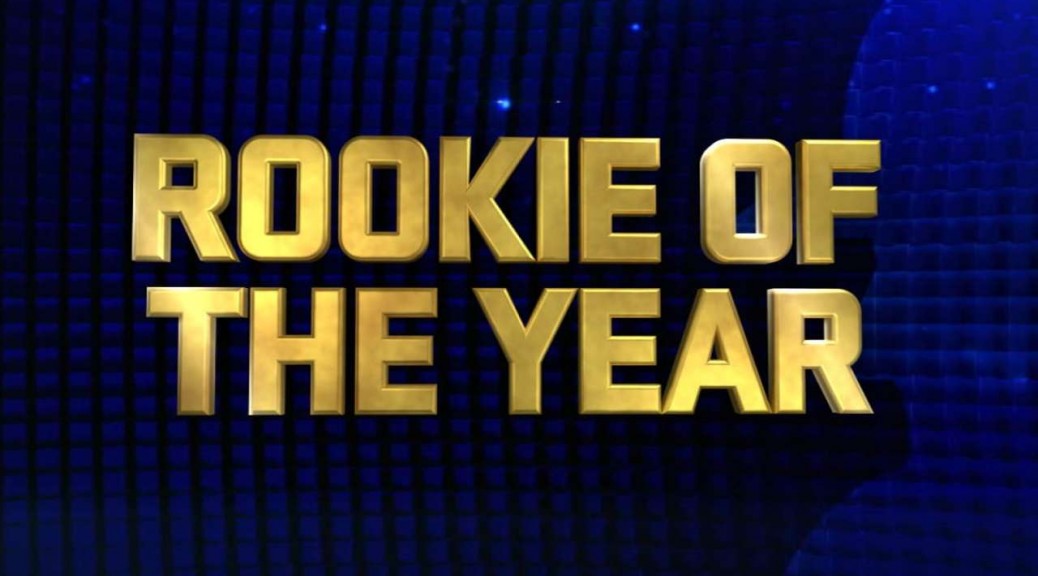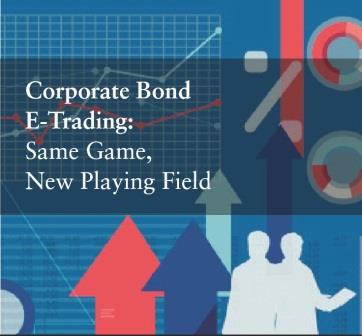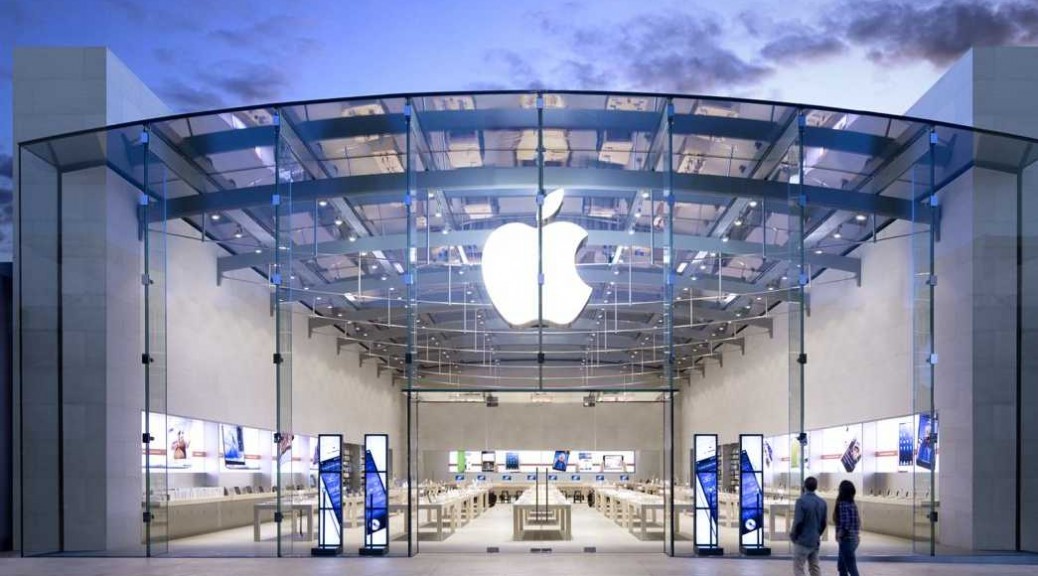MarketsMuse Global Macro update is courtesy of extract from a.m. edition of “Sight Beyond Sight”, the newsletter published by global macro think tank Rareview Macro LLC and authored by Neil Azous.

In last Thursday’s edition of Sight Beyond Sight we argued that we couldn’t work out how anyone was able to make an argument about the short-term direction of fixed income, and especially calling the end of the sell-off, with a straight face. Put another way, there were a lot of pikers out there with no accountability or transparency voicing their opinions that day. Given that any attempt at analyzing fundamentals relative to positioning at historically climactic moments is generally a very poor exercise, we refused to go on the record that day and said we would regroup over the weekend. Given the resumption of the sell-off, that patience has served us well.
At this point, just repeating that CTA/Managed futures, a strategy that makes up ~10% of hedge fund AUM but deploys the most leverage, have lost on average ~5% over the last few weeks is a waste of time. Since CTA’s apply priced-based trend-following algorithms to the trading of futures contracts what matters is that many thresholds used to trigger a stop-loss have been breached and then some.
The takeaway at this point is that CTA’s/Managed futures strategies are way passed working through large offsides positions and many of them have now flipped their strategies to go the other way. Along those lines the positions that have flipped are more acute so far in Europe than the US.
That is very important to recognize because that position building is still in the early stages and as/if the new trends extend those positions will grow and grow given this is the most levered strategy within hedge fund products.
The big out-trade at this point is that asset managers still hold structural long US dollar and Treasury curve flattening positions and have yet to adjust them in the same way as the CTA’s. Why? Because their threshold for pain is a lot greater and they are not reactive to priced-based trend-following algorithms.
What does this mean? It means that the risk from here is that as CTA/Managed futures strategies ramp up new positions that will begin to force the hand of asset managers who have yet to be really reactive.
The new leverage being applied to the counter-trend on the hedge fund side plus the liquidation of structural position on the asset manager side is the point we think we are at now in terms of overall market positioning.
So what is most at risk now? Continue reading


